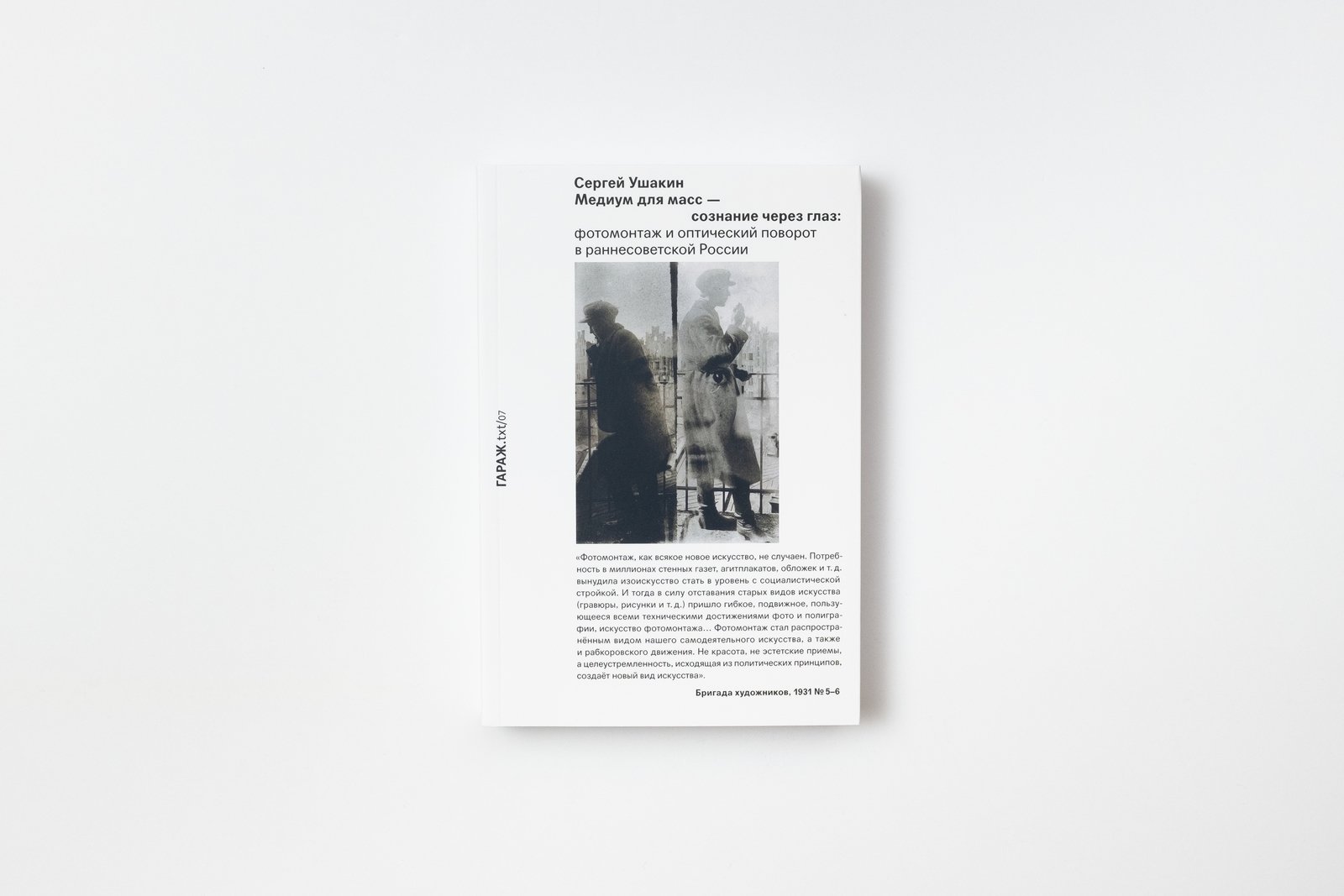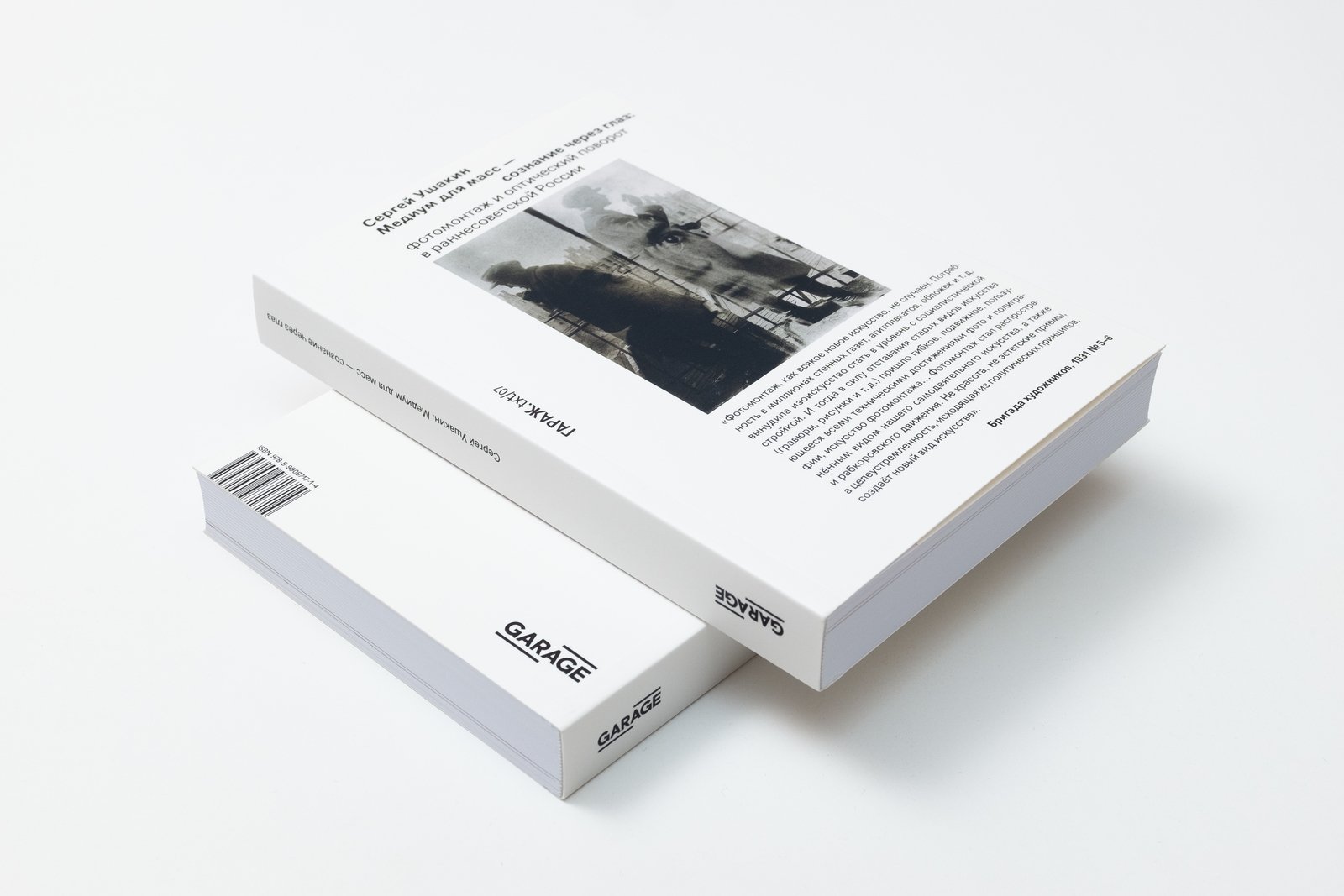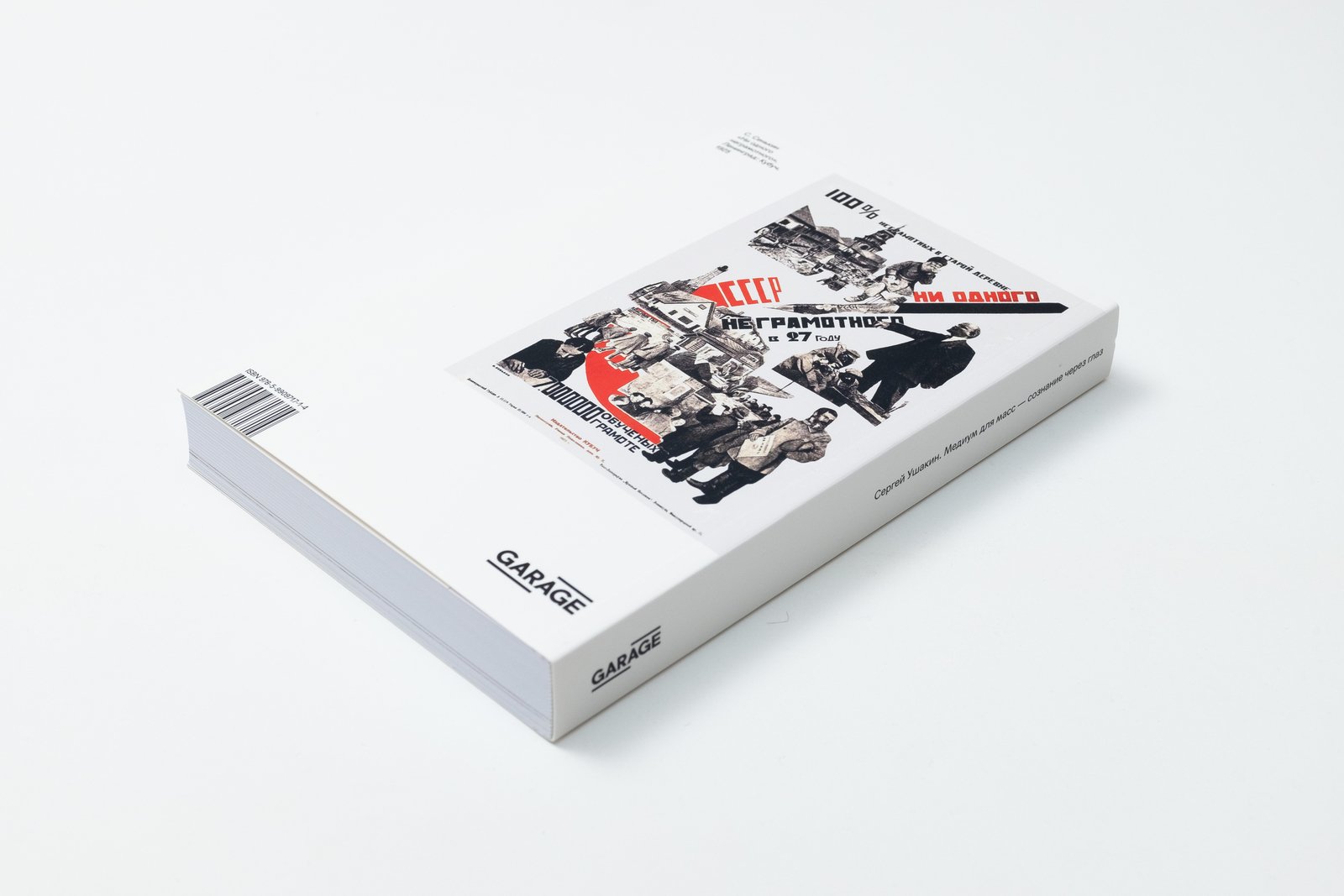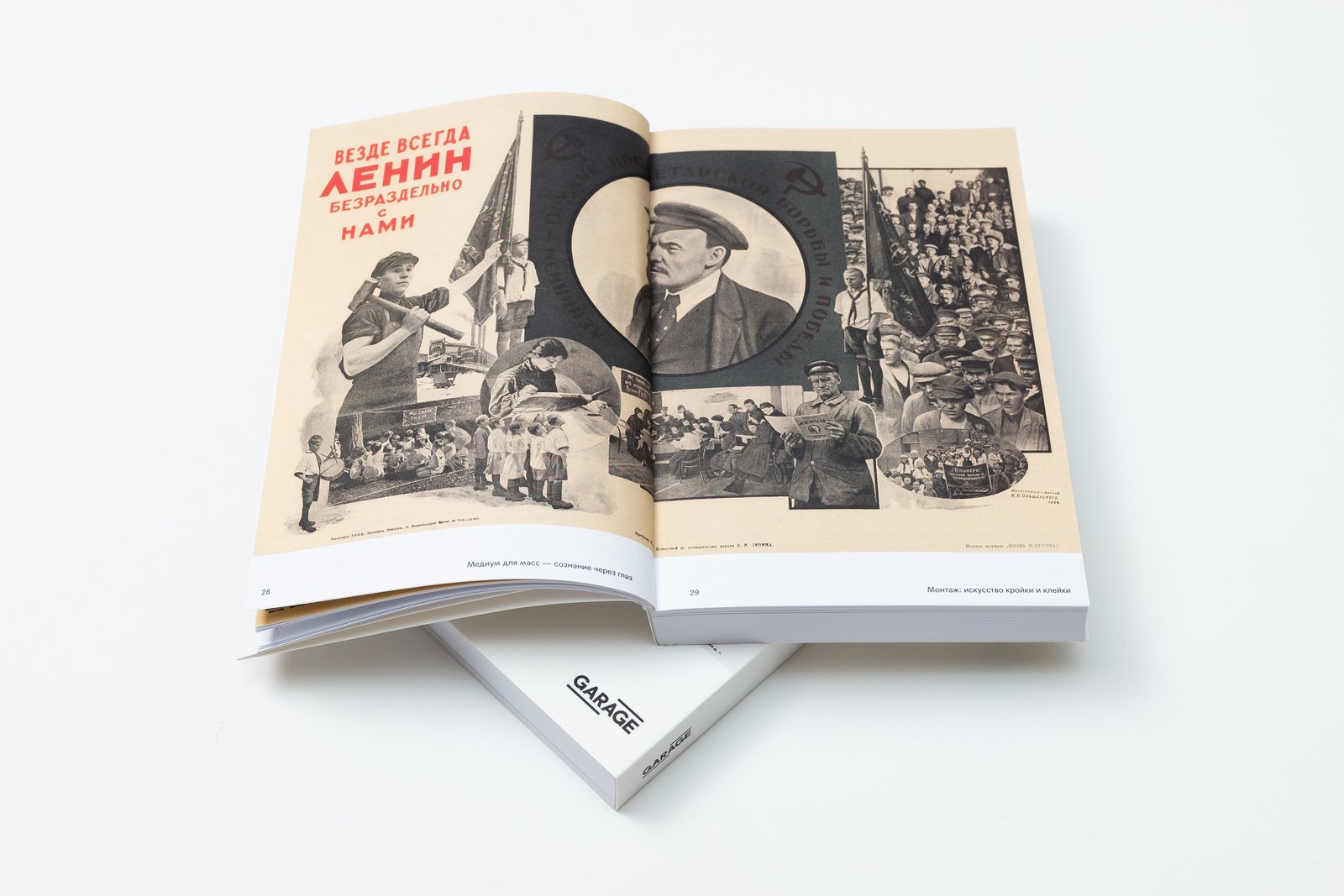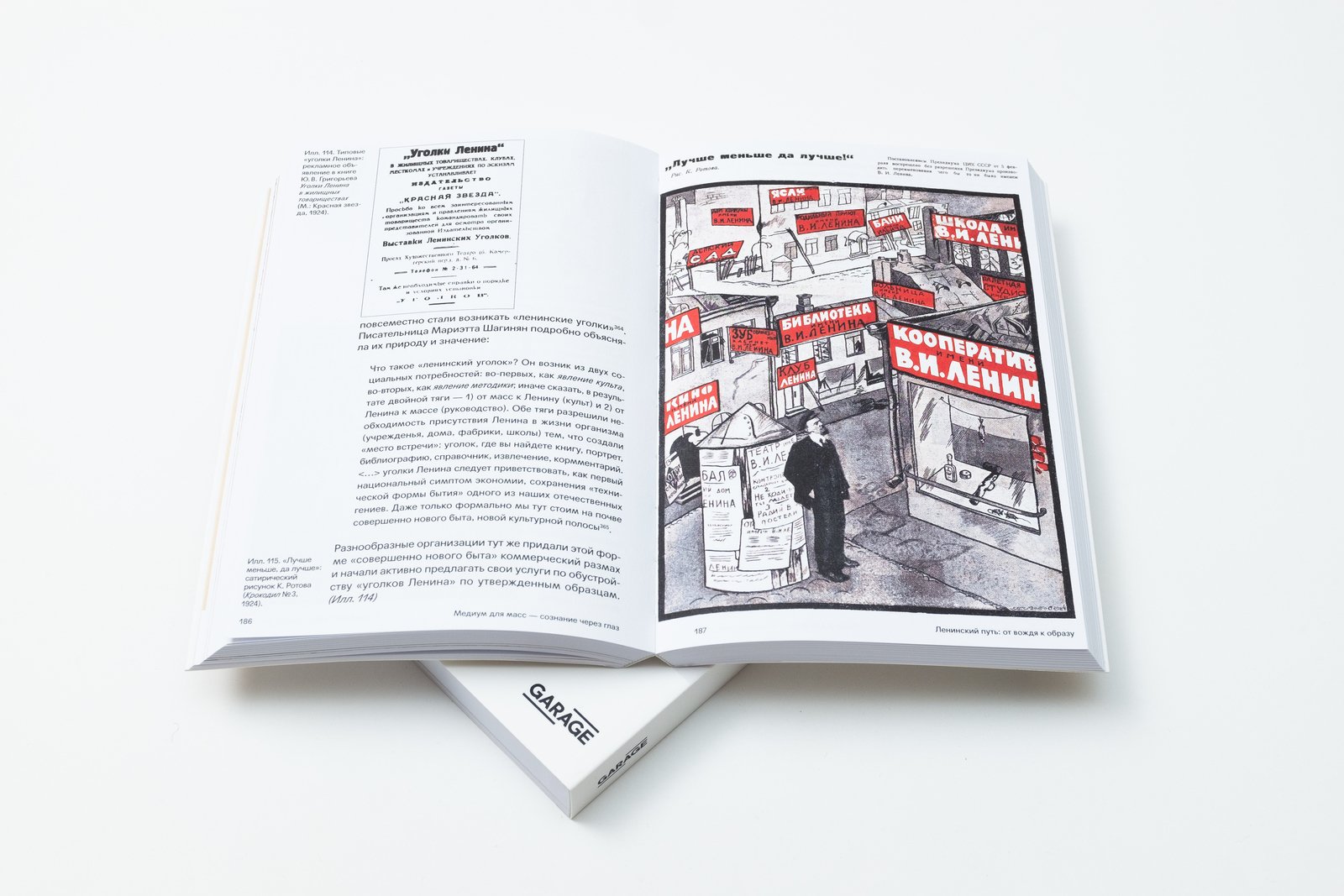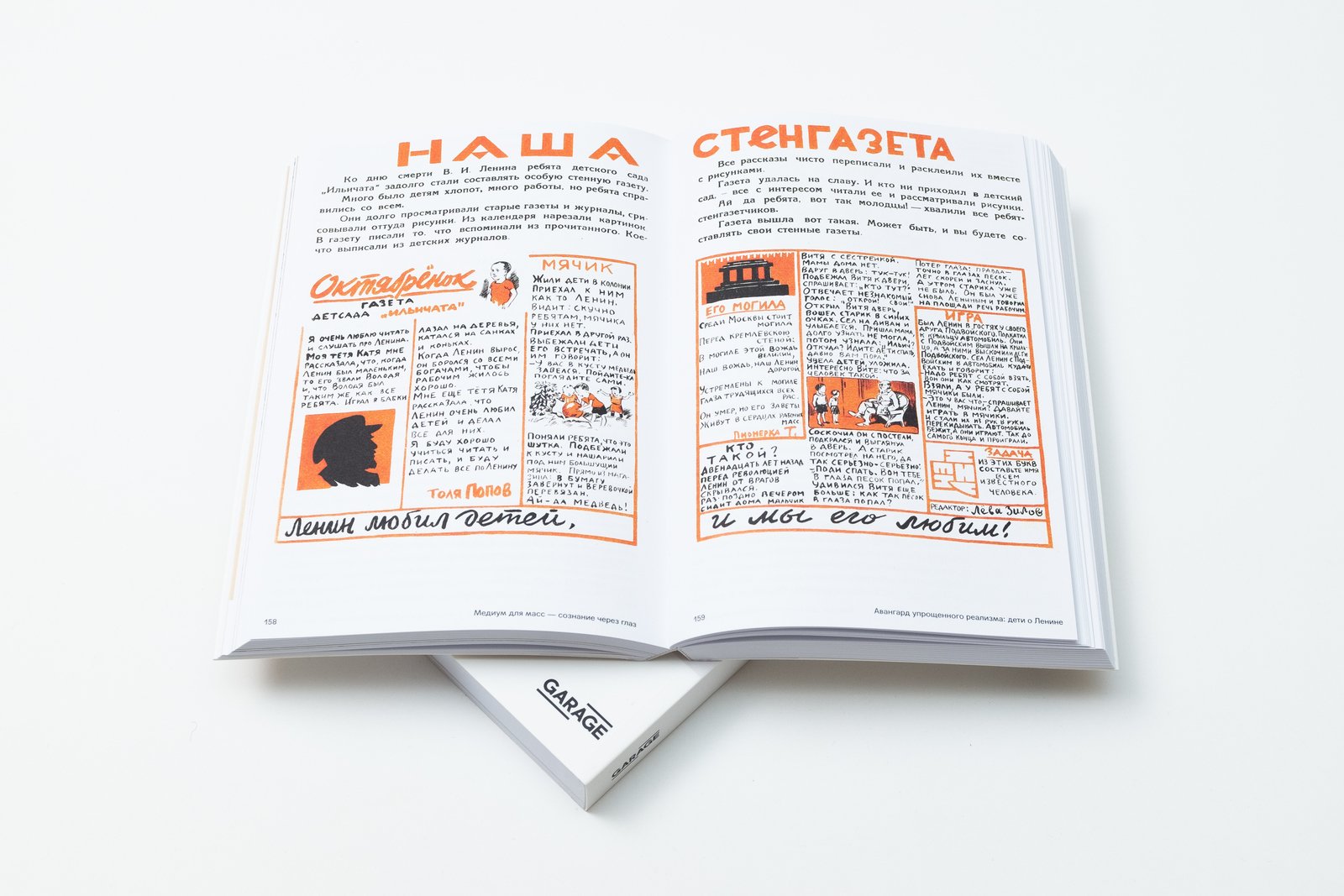The seventh book in the GARAGE.txt series is by Serguei Oushakine, Professor of Anthropology and Slavic Languages and Literatures at Princeton University. His research explores an optical turn in early Soviet Russia.
This book explores the emergence of photomontage as one of the most popular media techniques in the 1920s–early 1930s. Photomontage successfully merged the documentary quality of the photograph with the artistic ambitions of photomonteurs. It offered a new way of looking at the world, intensifying the heterogeneity of things through their multiscale and variegated presentations. Using photomontage as its main example, the book shows the formation of a new “culture of the eye” and a new optical regime during the first fifteen years after the October Revolution.
“Like any new art, photomontage did not appear randomly. The need for millions of wall newspapers, propaganda posters, book covers, etc. forced visual arts to step on a par with socialist construction. Enhanced by technical innovations in photography and the printing industry, a flexible and dynamic art of photomontage came to replace the artistic media of the past (engravings, drawings, etc.), which were increasingly trailing behind… Photomontage became highly popular among amateur artists and worker-correspondents. Neither beauty, nor aesthetic techniques could generate a new type of art; it could be created only by the purposiveness that is rooted in political principles.”


